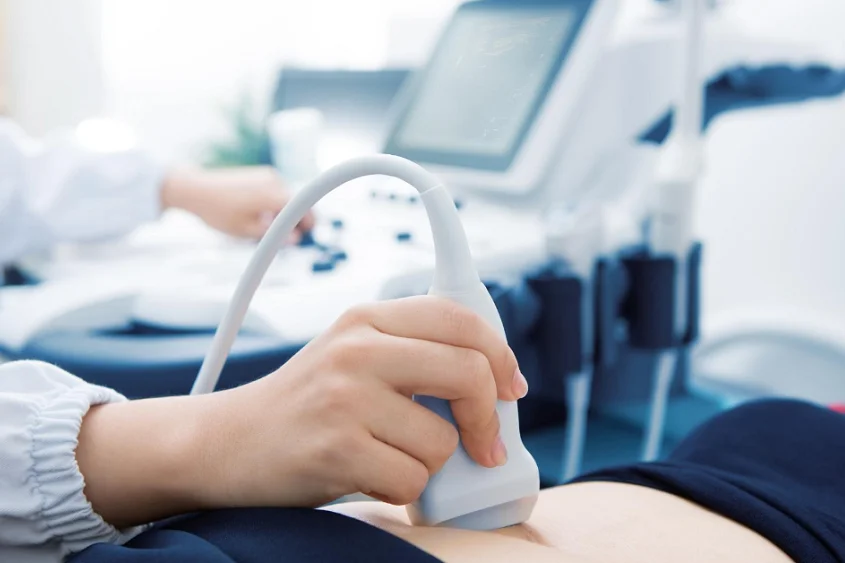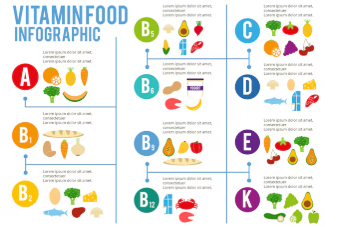What is Ultrasound Cavitation?
Ultrasonic cavitation, frequently known as cavitation treatments, could be a prevalent noninvasive body sculpting procedure. Low-frequency ultrasound beats the target and destroys fat cells, permitting the body to process the broken-down fat. This approach is favored since it can expel localized fat stores without requiring surgery.
However, deciding the adequacy of cavitation treatments can be challenging due to a few factors, such as persistent physiology, treatment regimens, and self-assertive desires. This article highlights the driving procedures and markers for assessing the adequacy of cavitation machine treatments and how to degree their viability.
How to Degree the Viability of Cavitation Medicines?
Although determining the efficacy of cavitation therapy may well be challenging, a couple of basic factors must be considered.
1. Measurements taken before and after treatment
Measurements of the Body
Body measures are one of the easiest ways to evaluate the adequacy of cavitation treatments. Professionals’ ought to degree the circumferences of particular zones, counting the arms, thighs, and midriff, employing a flexible tape degree before and after medicines. Important metrics to consider are:
- Circumference of the waist
- Measurement of the hips
- Measurement of the thighs
- Circumference of the arms
Accuracy depends on consistent measuring locations and methods. Measurements should be taken at the same time of day and, in the event that possible, beneath comparable circumstances (e.g., before meals).
Weight and Percentage of Body Fat
Due to possible varieties in muscle mass and water maintenance, weight alone isn’t a dependable indicator; in any case, it can offer extra information. What’s more, body fat % is a valuable measurement. Changes in body composition can be shown by advanced techniques like DEXA (Dual-Energy X-ray Absorptiometry) scans or instruments like bioelectrical impedance analysis (BIA) scales.
2. Visual Proof
Using photographs in documents is a great way to see changes. It is recommended that standard photos be taken before and after treatment sessions. Essential things to think about are:
- Uniform background and illumination.
- Wearing apparel that matches or doesn’t cover the treated region to make it obvious.
- Uniform positions and orientations.
Practitioners and clients can use these images to monitor development and visually pinpoint areas that need improvement.
3. Computed Sonography
Ultrasound imaging is a more sophisticated yet very useful technique for gauging the success of cavitation therapies. This imaging method allows medical professionals to see below the surface and track variations in the thickness of subcutaneous fat layers. Using ultrasound scans before and after a series of treatments, practitioners can evaluate fat loss objectively.
4. Analysis of Body Contour
Advancements in 3D body scanning technology have made it possible to analyze body shapes and volume changes in detail. Programs like Vectra 3D or Styku can produce a three-dimensional model of the client’s body, enabling accurate measurements of the body’s volume and surface contour changes over time. This approach offers an exact evaluation of treatment efficacy, particularly when addressing several body parts.
5. Input and Contentment from Patients
Even with the importance of objective metrics, patient satisfaction is still a critical sign of a successful course of treatment. Utilizing structured surveys to get input can assist in evaluating:
- How the patient feels improved.
- Comfort and pain thresholds both during and after treatment Contentment with the course of treatment and its results.
- Frequent follow-ups can assist in addressing any issues and modifying treatment plans as needed.
6. Health and Metabolic Markers
Cavitation treatments occasionally affect metabolic health in addition to their aesthetic benefits. Monitoring indicators like blood pressure, blood sugar, and cholesterol can provide further information about how the medication is benefiting general health. Positive increases in these markers, while not the main focus, can raise the treatment’s perceived value.
7. Uniformity in Therapy Plans
Treatment regimens must be kept consistent to measure effectiveness correctly. Standardization should be applied to elements like the frequency and length of sessions, the power of the ultrasonic waves, and the regions treated. Variations can impact the results and make it challenging to determine efficacy accurately.
8. Evaluations via Comparison
Undertaking comparison analyses within a treatment facility or between various facilities can yield a more comprehensive understanding. Data from several clients receiving comparable treatments can be compared to find patterns and averages. This comparative data can also help one understand the normal results that may be anticipated and spot any anomalies or outliers.
9. Academic Studies and Peer Reviews
Evaluating efficacy can also be aided by reviewing and participating in scientific research on cavitation treatments. In peer-reviewed papers, there is robust evidence regarding the effectiveness of different cavitation machine techniques and protocols. Keeping up with the most recent research aids in improving treatment strategies and guarantees that data support procedures.
10. Extended Aftercare
Effectiveness should be assessed over a more extended period than the short term. The longevity of the benefits can be ascertained by conducting routine follow-ups with customers several months after the end of their treatment series. This long-term data is essential for determining whether more treatments are necessary or if the fat reduction is permanent.
In summary
Assessment of cavitation treatments’ efficacy requires a multimodal strategy using objective measurements and subjective comments. Practitioners can thoroughly grasp treatment outcomes by utilizing various tools, including 3D body scans, ultrasound imaging, photographic proof, body measurements, and patient satisfaction surveys.
Maintaining protocol consistency and being up to date with scientific research further guarantees that the therapies offered are evidence-based and successful. Ultimately, a comprehensive method of gauging efficacy improves customer happiness and advances the continuous refinement of cavitation machine therapy procedures.







